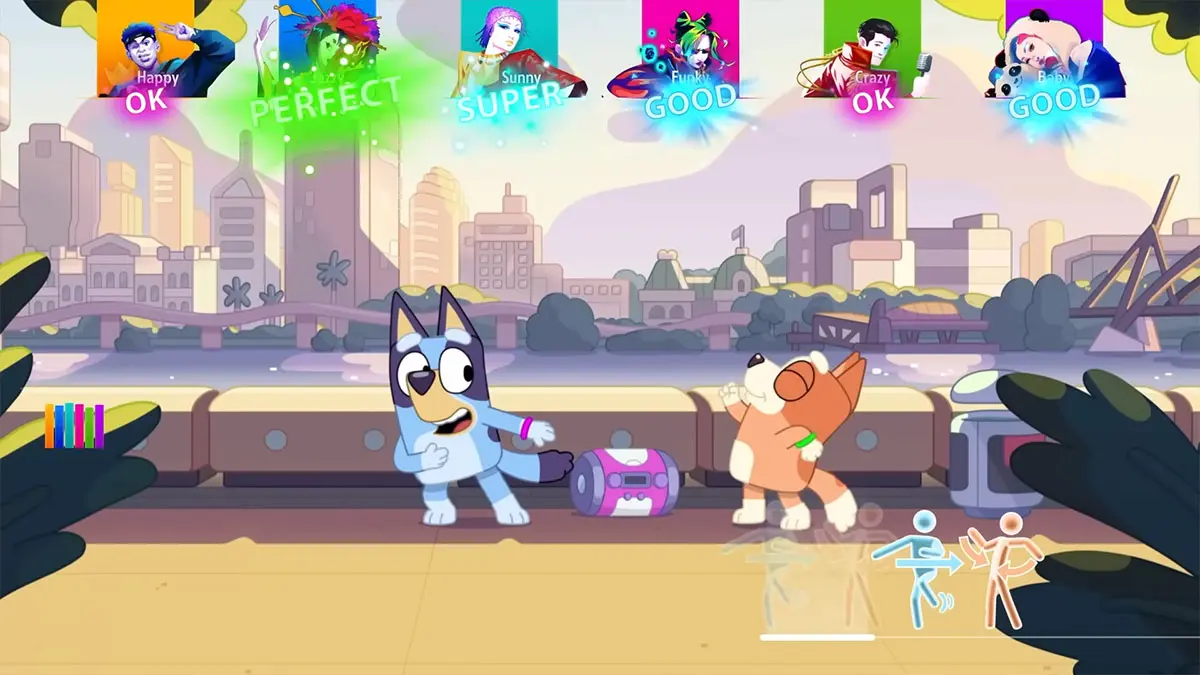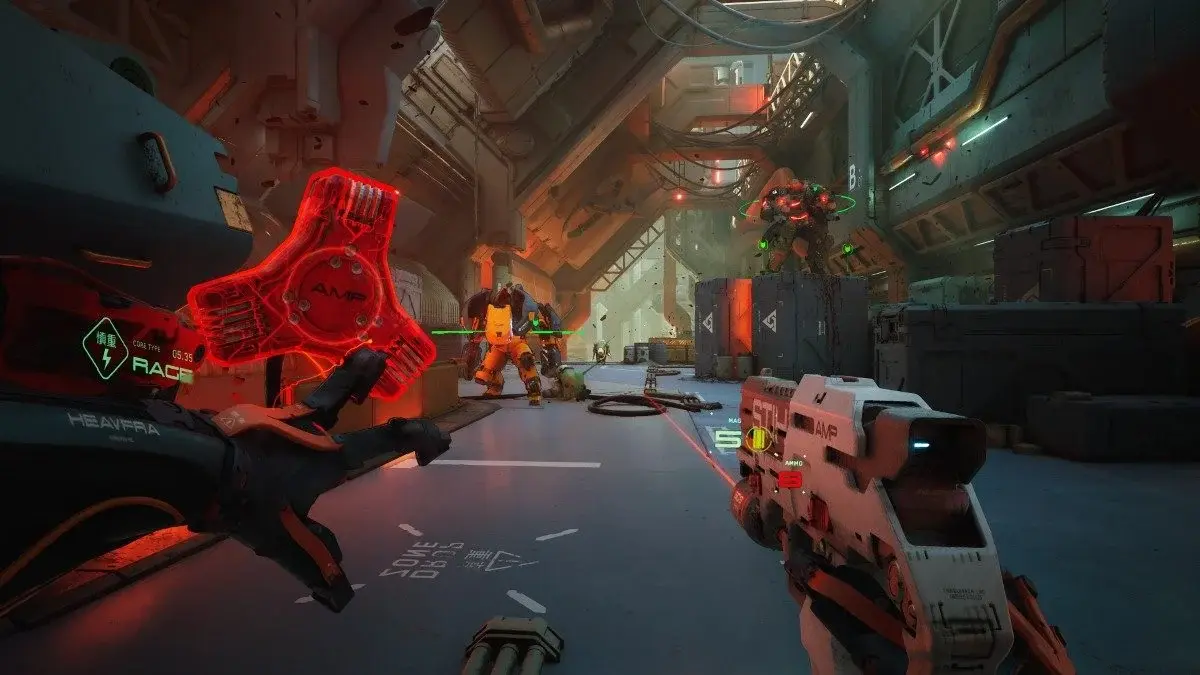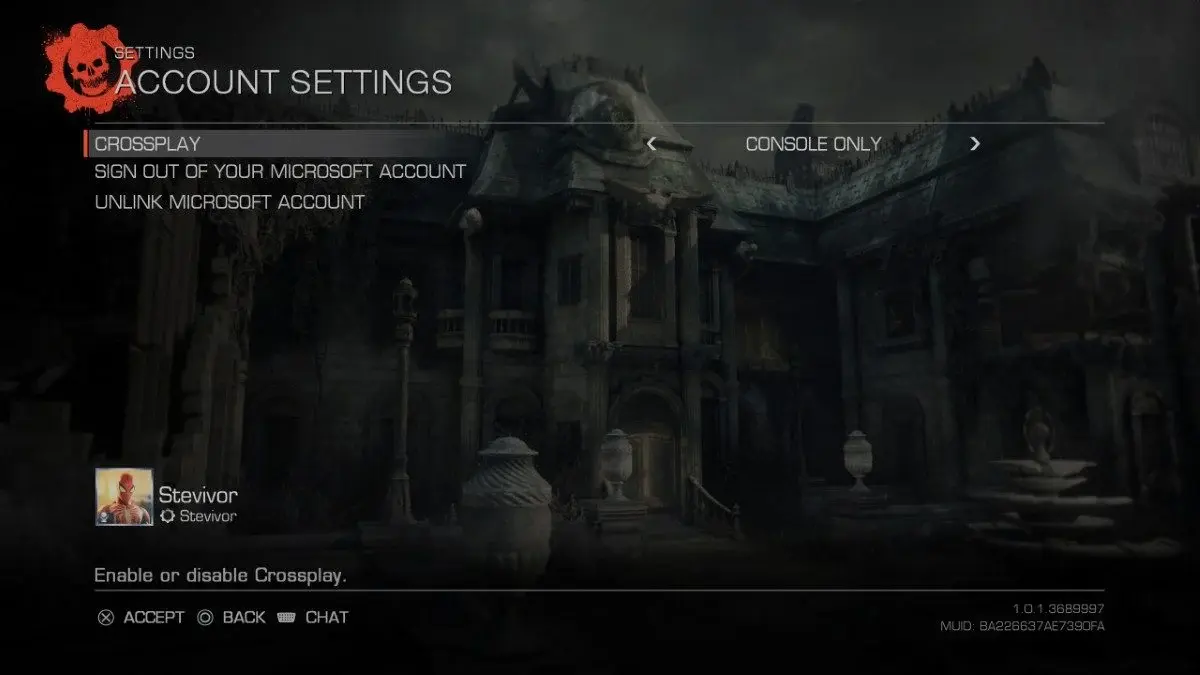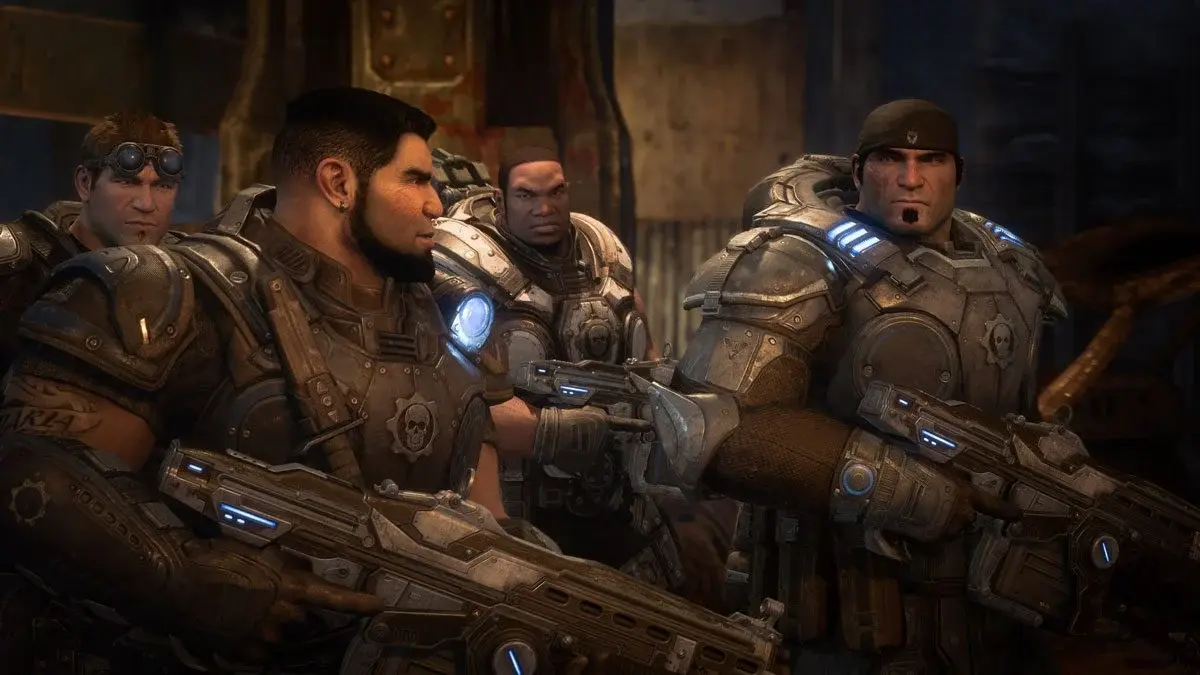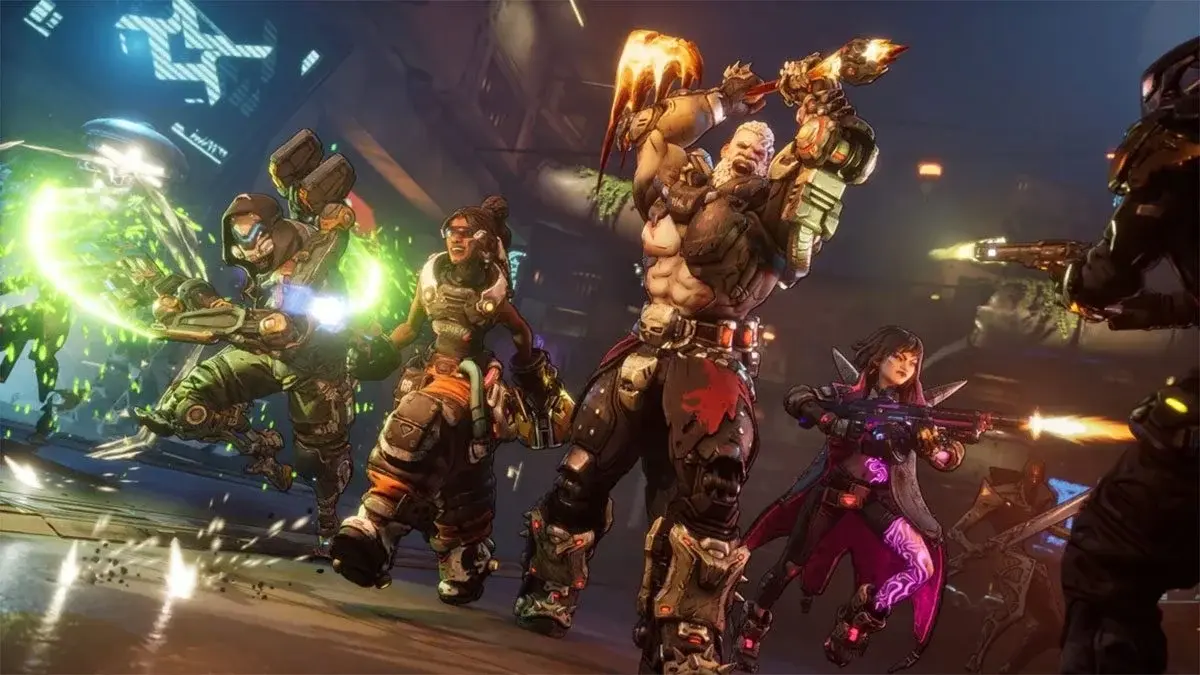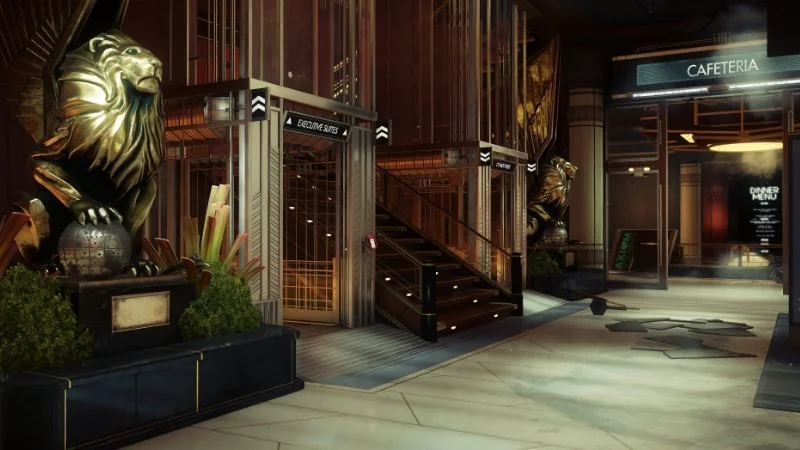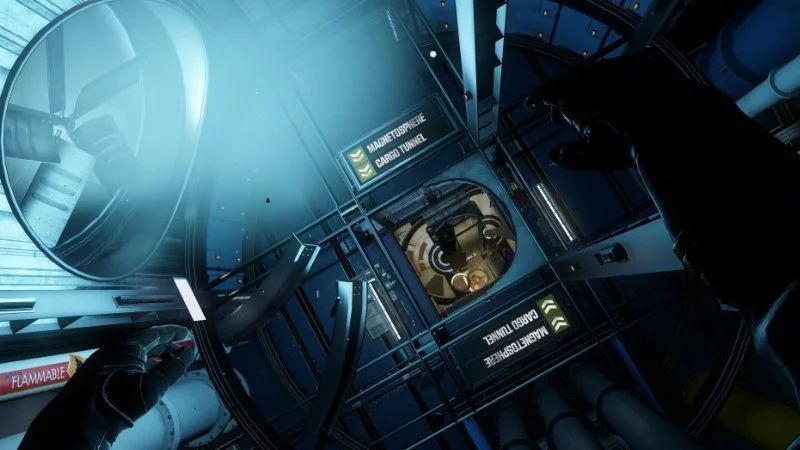The reveal of Prey at this year’s E3 was one of the high points in what was otherwise one of the slower years in the event’s recent history. It commanded my attention right then and there. On paper, Prey is everything I want from a game: a science fiction adventure with powers to unlock, a space station to explore and a complex story to unravel. I was excited by the idea of Prey, but with very little information available it wasn’t that hard to keep a lid on my expectations. After visiting Arkane’s Austin, Texas-based studio, I’ve been blown out of the water airlock. I’m now wholly convinced that it will be an incredible hit and one of the biggest games of 2017. I don’t say this lightly, but I do so with utter confidence, largely because of the juxtaposition of spontaneity and restriction seen not only in Prey, but in Arkane itself.
In Prey, you play as protagonist Morgan Yu, an avatar that can be male or female, based on your preference. Morgan is tasked with the exploration of Talos 1, a once bustling space station now almost devoid of human life… but filled to the brim with the not-so-human instead. Mysterious aliens inhabit the station, armed with an array of various supernatural powers. No one is sure where they’ve come from; they were originally discovered on a Russian satellite in the late 50s, only to be quickly covered up as a state secret.
Talos 1 was once a simple spy satellite, slowly coming to being as barriers and laboratories were slowly built upon its frame, all in order to study the non-terrestrial organisms. How you choose to explore it is largely up to you, the player; there are many possible ways to gain access to new areas. There is a sense of freedom to everything you do in Prey, with a focus on your decisions being important to the world around you. Prey shares quite a lot with the Dishonored series, especially in terms of game mechanics. It’s a first person, action-adventure, RPG filled with outrageous powers and abilities — but that’s where the similarities stop and Prey starts forging its own path.
The aliens that inhabit the Talos 1 couldn’t be more foreign. They posses an array of supernatural powers and appear as dark black smoke, given form. Much like in the way Arkane has designed Prey, the aliens come from a place of incredible research and intent. They exhibit a complex ecology, and always work together towards a common goal. In many respects, they function like an insect colony. Formidable, imposing and inciting, Arkane has ensured the aliens are understandable, yet not. You want to peel at them like layers of an onion, well aware you’re probably going to end up crying as a result.
With an emphasis on structure, Prey has been built on an incredibly strong foundation. Everything in its environment is there for a reason and, more importantly, serves a purpose. If something has made its way in, it’s been meticulously researched and implemented in the most realistic way possible. All of the architecture, art and technology that exists on the space station of Talos 1 has a backstory of sorts, each specifically placed to tell its piece of this alternate universe’s story. The station itself shows its age like a tree does; rings of technology extend outward, each demonstrating its technical evolution over time.
Despite this structured, rigid starting point, things open up thanks to the gameplay. Creativity is encouraged; players are coaxed to learn new powers and techniques, then find new ways to link them all together. Each different environment has its own strict rules, based on realistic physics that have an effect on how the player uses their skills. The kinetic blast skill will move objects around in the crew quarters, but will also propel Morgan around, relative to its placement in zero gravity. Arkane might place everything in the world exactly as it should be, but they ultimately relinquish their creation to the player; it’s there, where one can do as he or she pleases, that true freedom is found.
Unintentionally designed this way or not, most of Yu’s powers and skills can be used in conjunction with each other. This is where the magic happens, with skills chained in interesting and unforeseen ways. There are so many ways to complete an objective and the player is encouraged to experiment with different skills in a constantly changing environment against powerful enemies. As with Dishonored you could run though the game with a weapon, hacking away at anyone in your path, but there are much more creative ways to approach a situation.
Not only am I eagerly awaiting the release of Prey, but I think I’m even more exited to see what other people will do with it. This will be one of those games that generates untold videos and .gifs across the internet, thanks to the “happy accidents” caused through a perfect sci-fi storm. There are some creative people out there that will use mechanics in ways the developers — and, admittedly, most of us — never expected. Prey looks to be a solid, immersive sim with an interesting setting. Its flexible nature may seem to some like to simply be icing on the cake, but this creativity will set it apart from the rest.
Stevivor was flown to Arkane Studios in Austin, USA as a guest of Bethesda. As part of a studio tour, we played Prey and interviewed a number of Arkane’s staff.
This article may contain affiliate links, meaning we could earn a small commission if you click-through and make a purchase. Stevivor is an independent outlet and our journalism is in no way influenced by any advertiser or commercial initiative.




